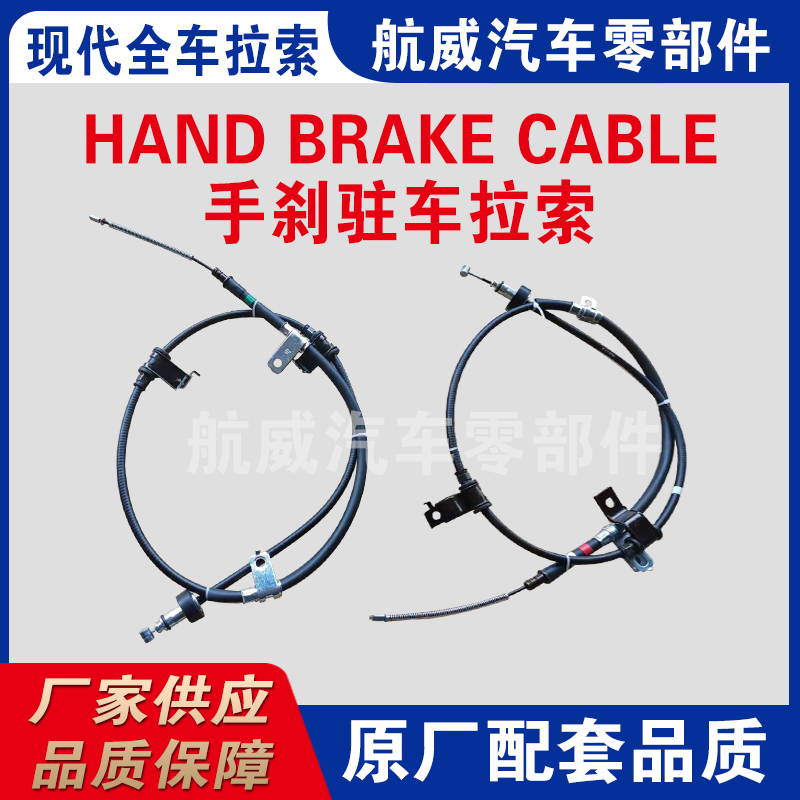Exploring the Benefits of Using Clutch Pipes in Automotive Performance Engineering
Clutch Pipe An Essential Component for Automotive Performance
In the automotive world, the intricate interplay of various components ensures the smooth operation of vehicles. One such unsung hero in this complex machinery is the clutch pipe. Although often overlooked, the clutch pipe plays a crucial role in the performance and reliability of clutch systems in modern vehicles. This article delves into the significance, functionality, and maintenance of clutch pipes, shedding light on their importance in vehicle dynamics.
Understanding the Clutch System
Before exploring the clutch pipe, it’s vital to understand the clutch system itself. The clutch is an essential part of a manual transmission vehicle, allowing the driver to engage and disengage the engine from the transmission. This engagement is crucial for changing gears smoothly, starting the vehicle, and halting it without stalling the engine. The clutch system consists of several components, including the clutch pedal, master cylinder, slave cylinder, and, of course, the clutch pipe.
The Role of the Clutch Pipe
The clutch pipe, also known as the clutch line or hydraulic line, connects the master cylinder to the slave cylinder. Its primary function is to transfer hydraulic fluid from the master cylinder, which is operated by the clutch pedal. When the driver presses the pedal, the master cylinder generates hydraulic pressure, which travels through the clutch pipe to the slave cylinder. This pressure activates the slave cylinder, which in turn disengages the clutch, allowing the driver to shift gears.
The design of the clutch pipe is critical. It must withstand high pressures and temperatures while maintaining a secure and leak-free connection. Typically made from steel or reinforced rubber, clutch pipes are engineered to be durable and flexible, ensuring that they can withstand the constant movement and vibrations that occur during driving.
The Importance of the Clutch Pipe
The clutch pipe is vital to the overall performance of the vehicle. A properly functioning clutch pipe ensures that the clutch engages and disengages seamlessly, contributing to smooth gear transitions. Any failure in the clutch pipe can lead to significant issues, such as slipping clutches or complete clutch failure, which can leave drivers stranded or unable to operate their vehicles effectively.
Additionally, a well-maintained clutch pipe contributes to driver safety
. A malfunctioning clutch system can make it difficult to control the vehicle, especially in critical driving situations, such as merging into traffic or navigating steep inclines. Thus, ensuring the integrity of the clutch pipe is not just a matter of performance; it is a crucial safety consideration.Signs of Clutch Pipe Issues
clutch pipe

Recognizing the signs of potential problems with the clutch pipe is essential for maintaining vehicle performance. Common symptoms of a failing clutch pipe include
1. Fluid Leaks One of the most immediate signs of trouble is the presence of hydraulic fluid leaks under the vehicle. If you notice fluid pooling, it may be a sign that the clutch pipe has developed a leak.
2. Difficulty Engaging the Clutch If the clutch feels spongy or requires more effort to engage, it could indicate air in the hydraulic system, often caused by a faulty clutch pipe.
3. Unusual Noises Grinding or whining sounds while trying to change gears can also suggest issues with the clutch system, potentially linked to the clutch pipe.
4. Warning Lights Modern vehicles are equipped with various sensors that can trigger warning lights on the dashboard, indicating problems within the clutch system.
Maintenance and Replacement
Regular maintenance of the clutch system, including the clutch pipe, is essential for optimal performance. Drivers should routinely check the hydraulic fluid levels and inspect for any visible signs of wear or damage. It is also advisable to replace the clutch fluid at recommended intervals, as old, contaminated fluid can affect the hydraulic performance.
If issues are detected, it is crucial to address them promptly. Replacing a worn or damaged clutch pipe is generally a straightforward process for qualified mechanics. However, attempting repairs without adequate knowledge or skills can lead to further complications.
Conclusion
The clutch pipe may seem like a small component in the grand machinery of an automobile, but its impact on performance, safety, and reliability is profound. By understanding its role and importance, drivers can better appreciate the intricacies of their vehicles and take proactive steps to maintain their clutch systems. Ensuring the integrity of the clutch pipe is not just about keeping your car running smoothly; it's also about ensuring a safe driving experience on our roads.
-
Workings of Clutch Pipe and Hose SystemsNewsJun.04,2025
-
The Inner Workings of Hand Brake Cable SystemsNewsJun.04,2025
-
The Secrets of Throttle and Accelerator CablesNewsJun.04,2025
-
The Hidden Lifeline of Your Transmission Gear Shift CablesNewsJun.04,2025
-
Demystifying Gear Cables and Shift LinkagesNewsJun.04,2025
-
Decoding Clutch Line Systems A Comprehensive GuideNewsJun.04,2025
